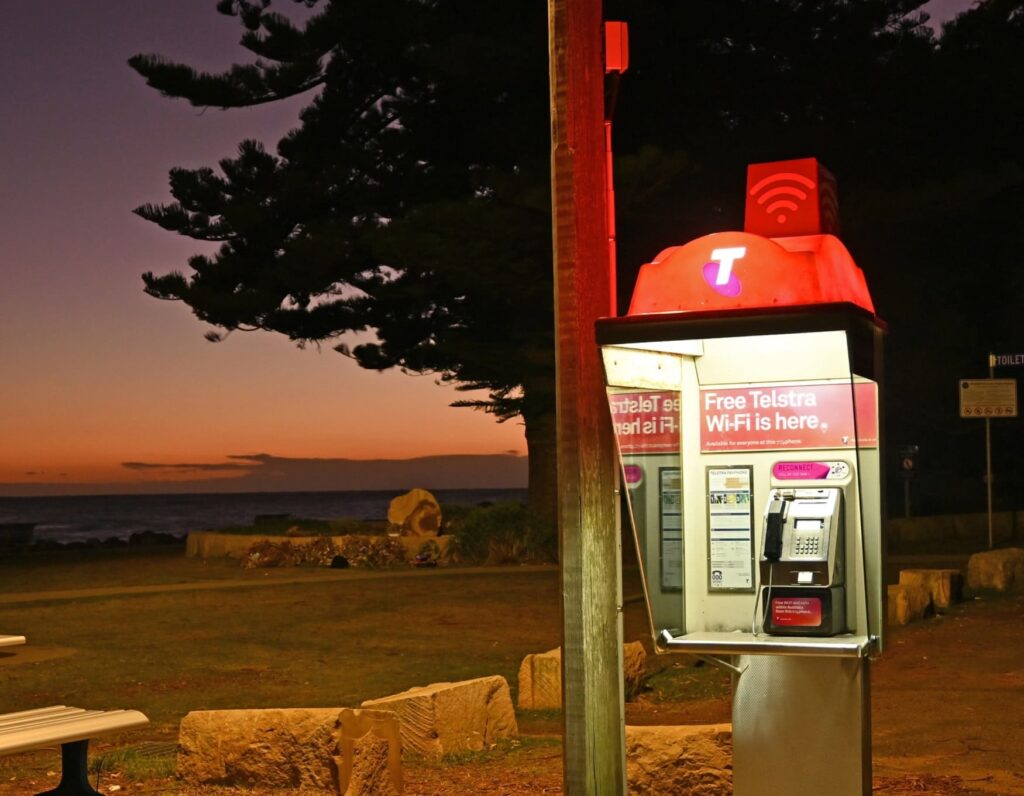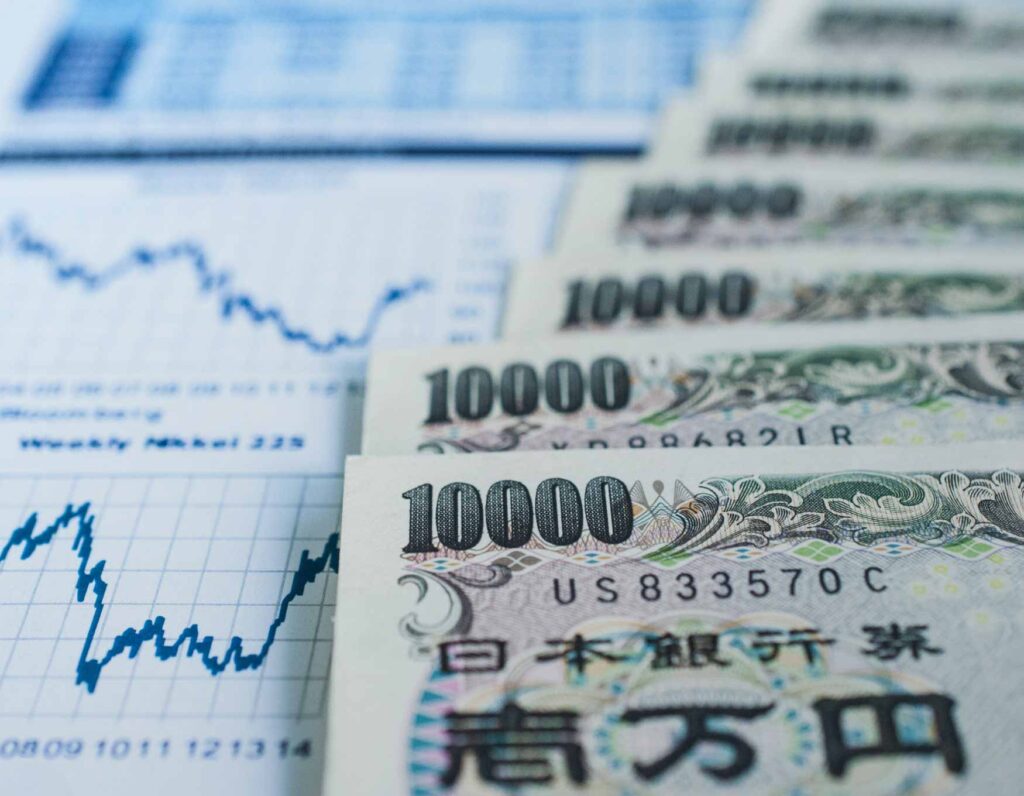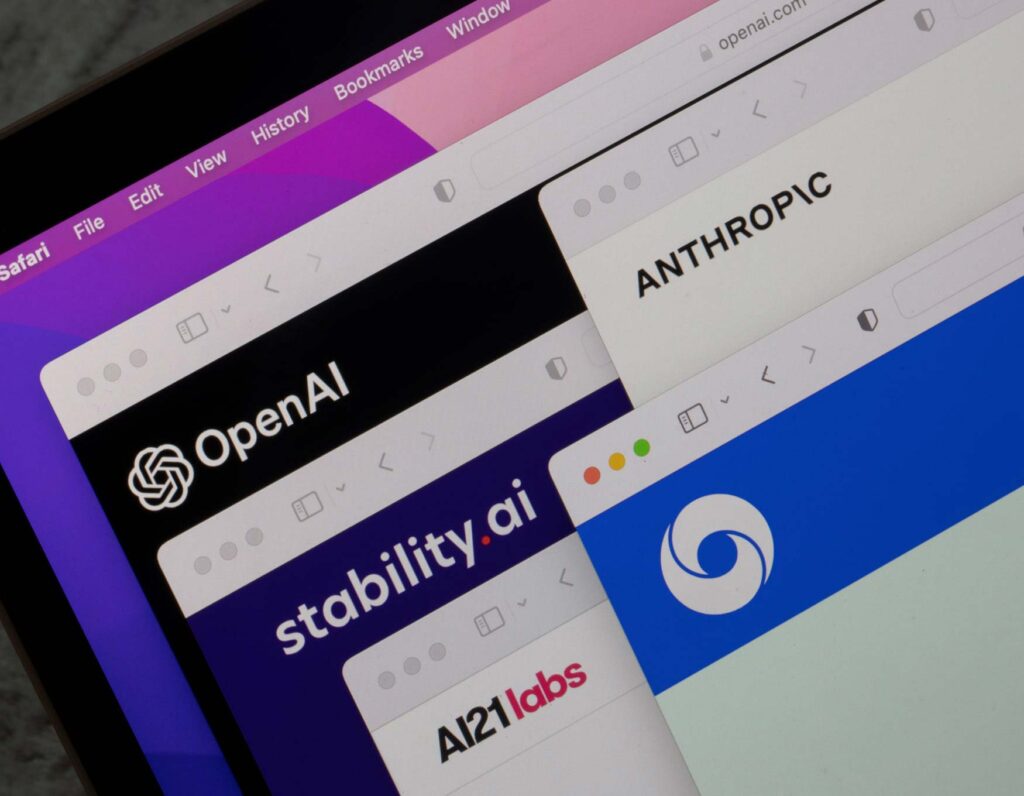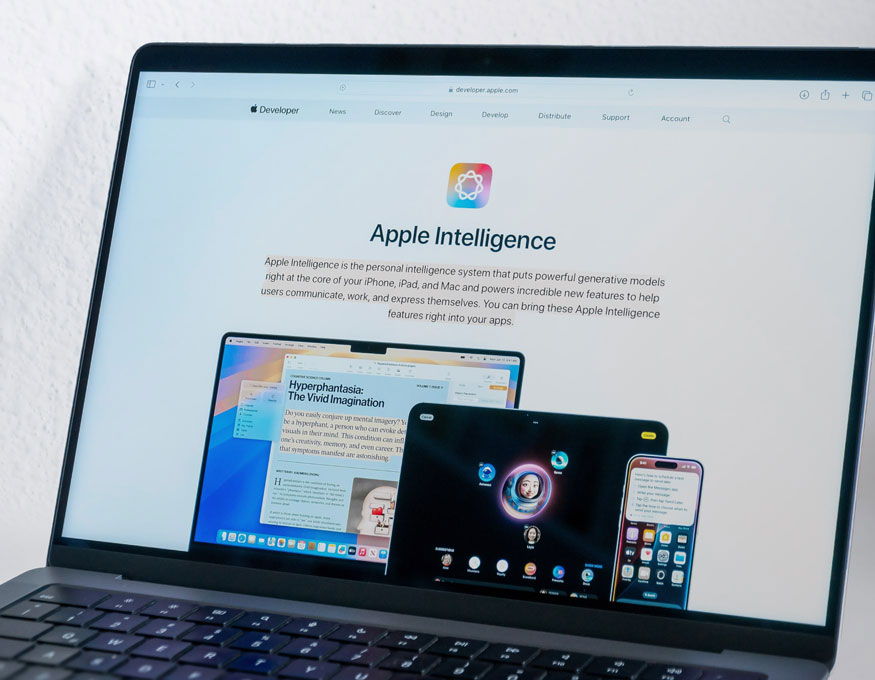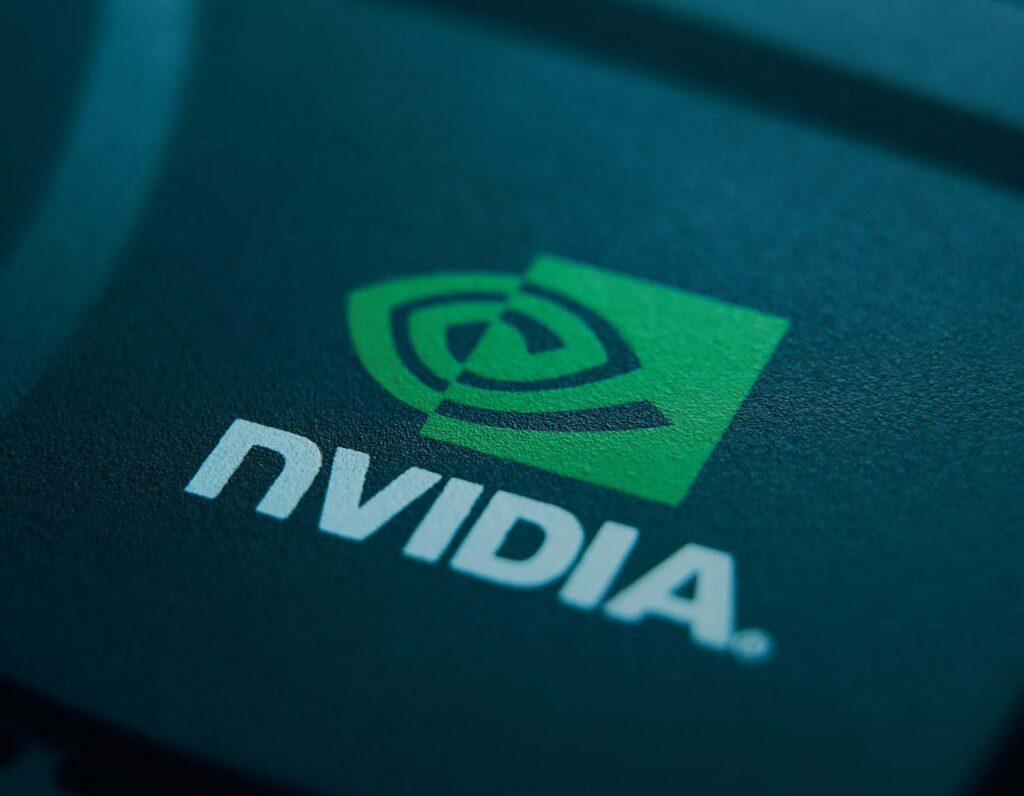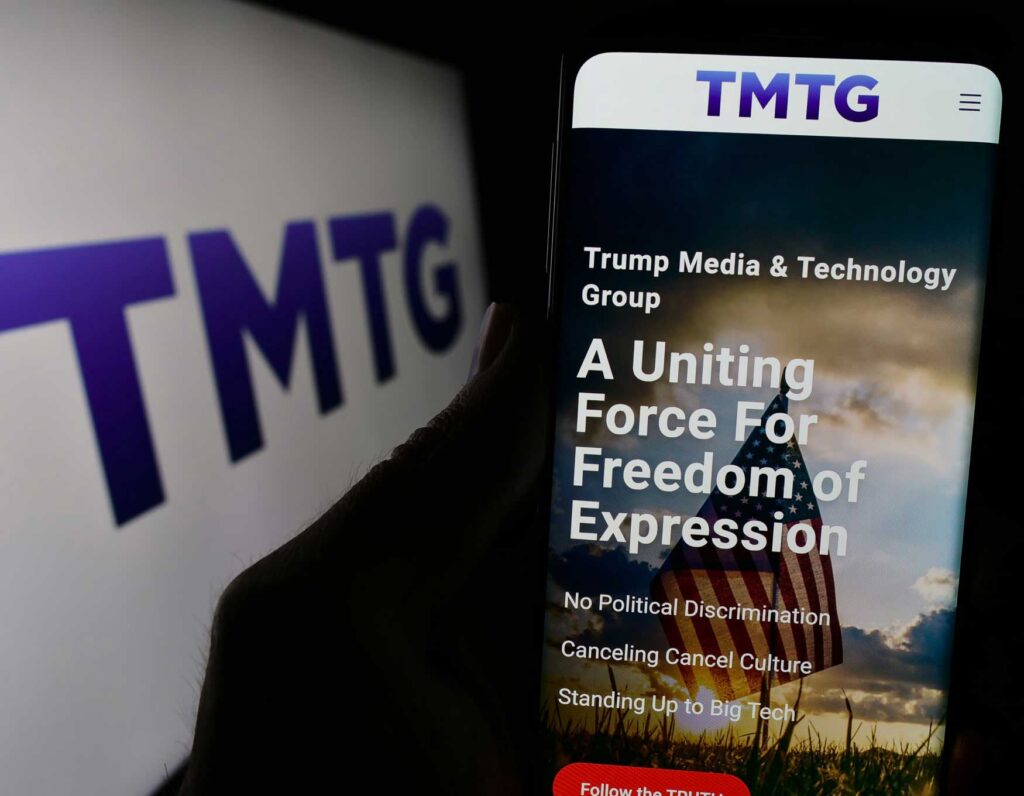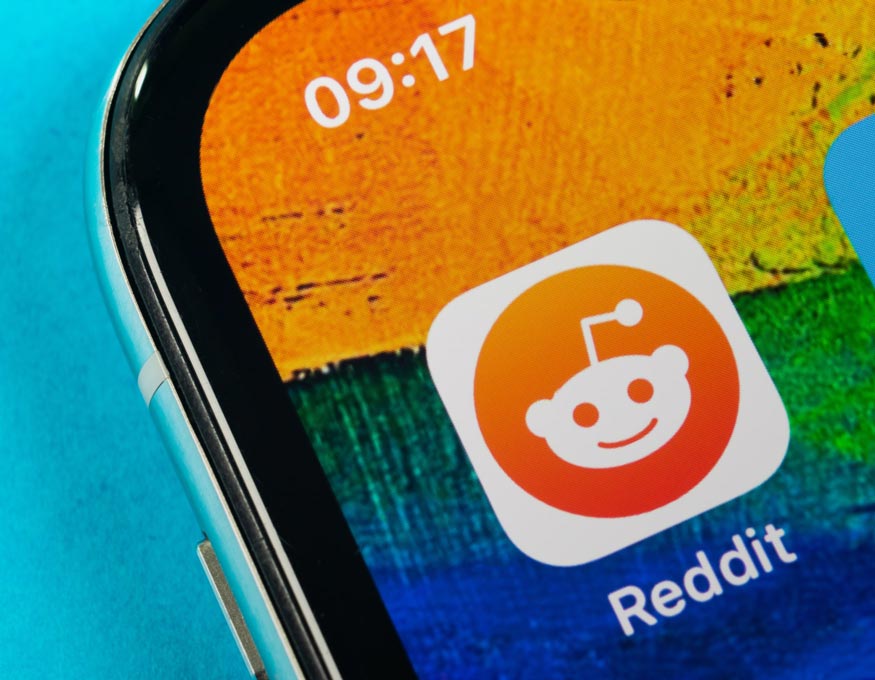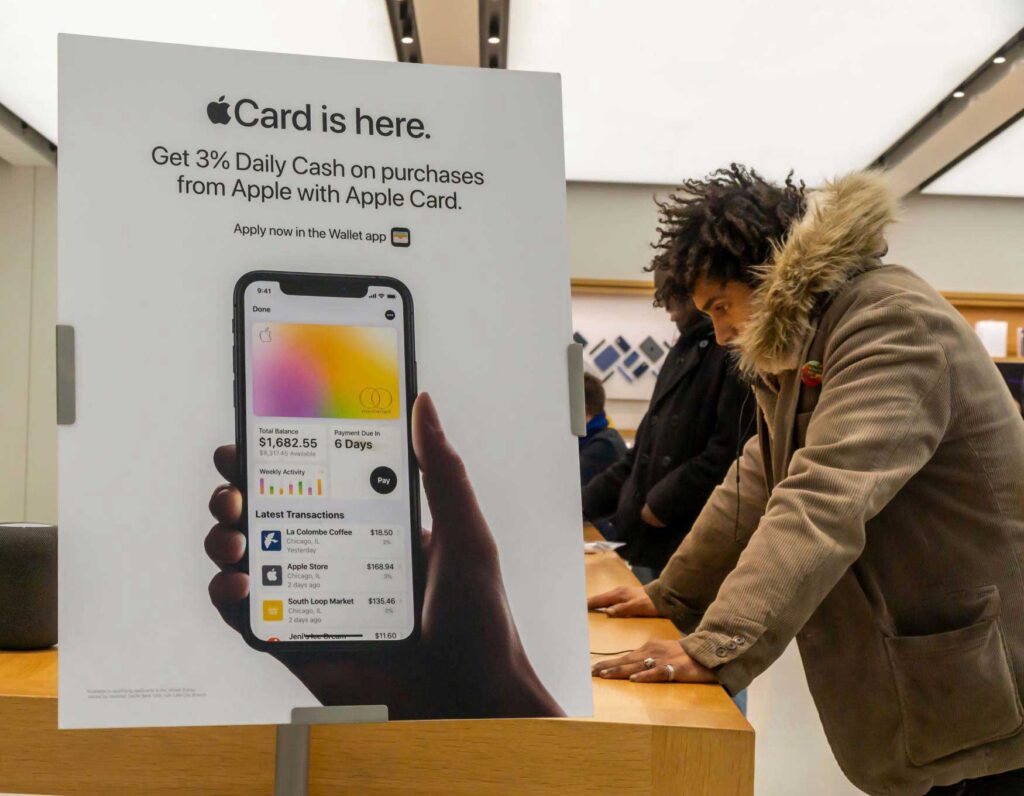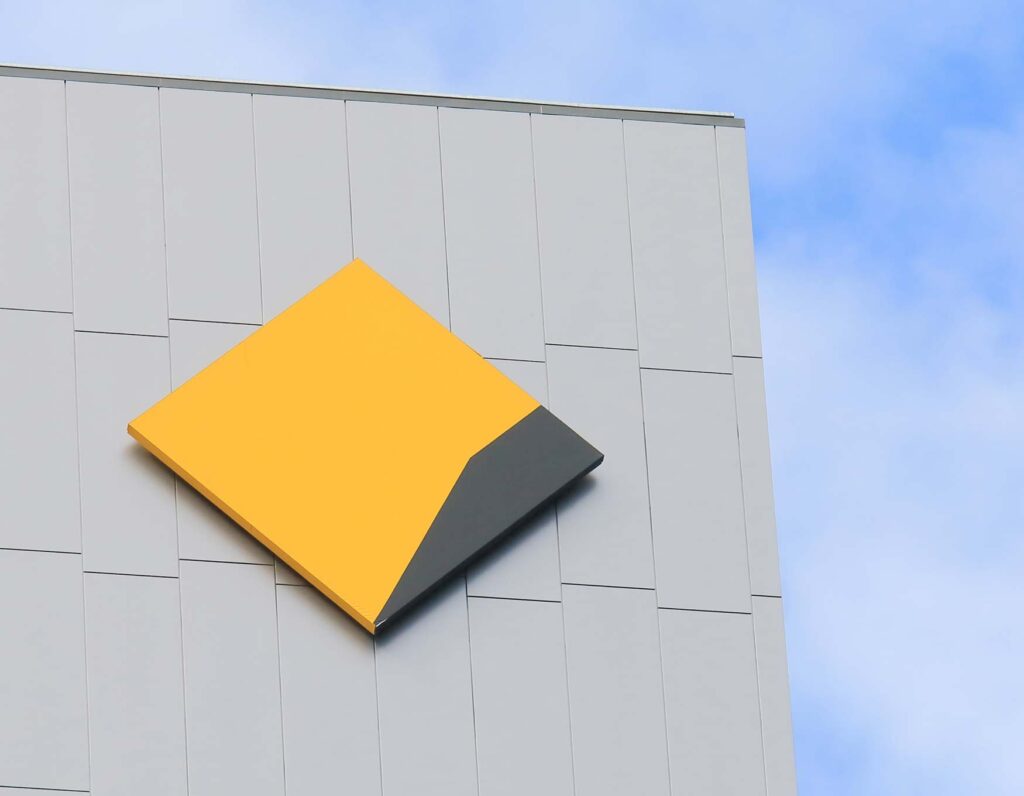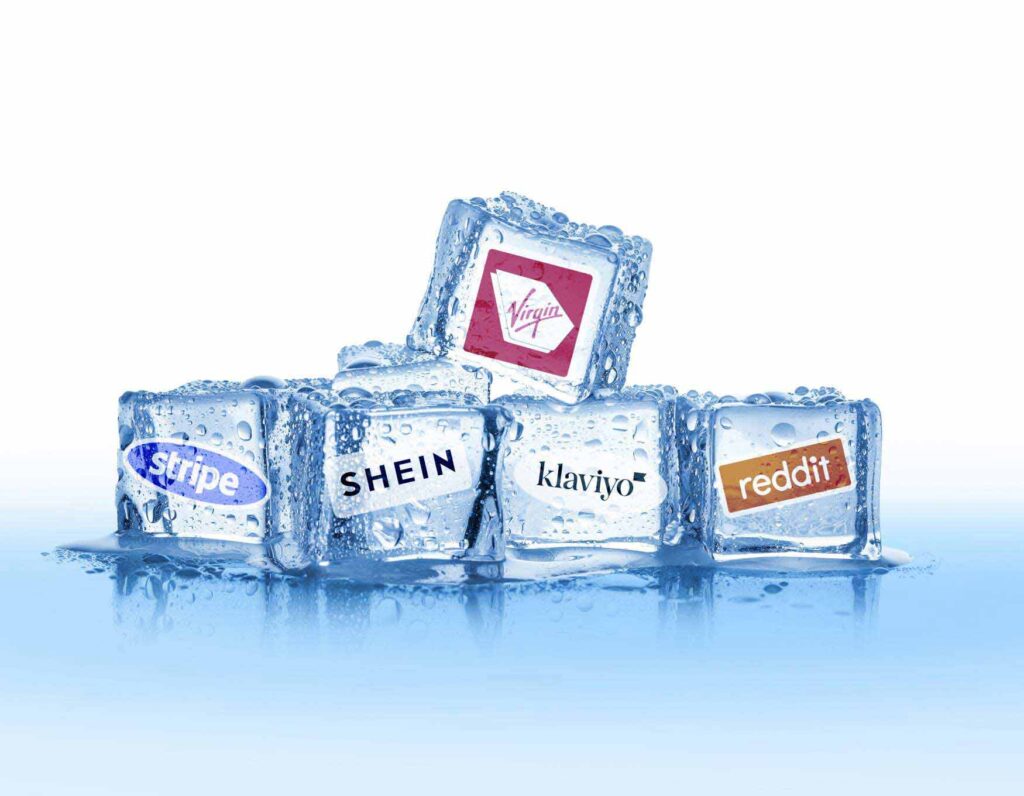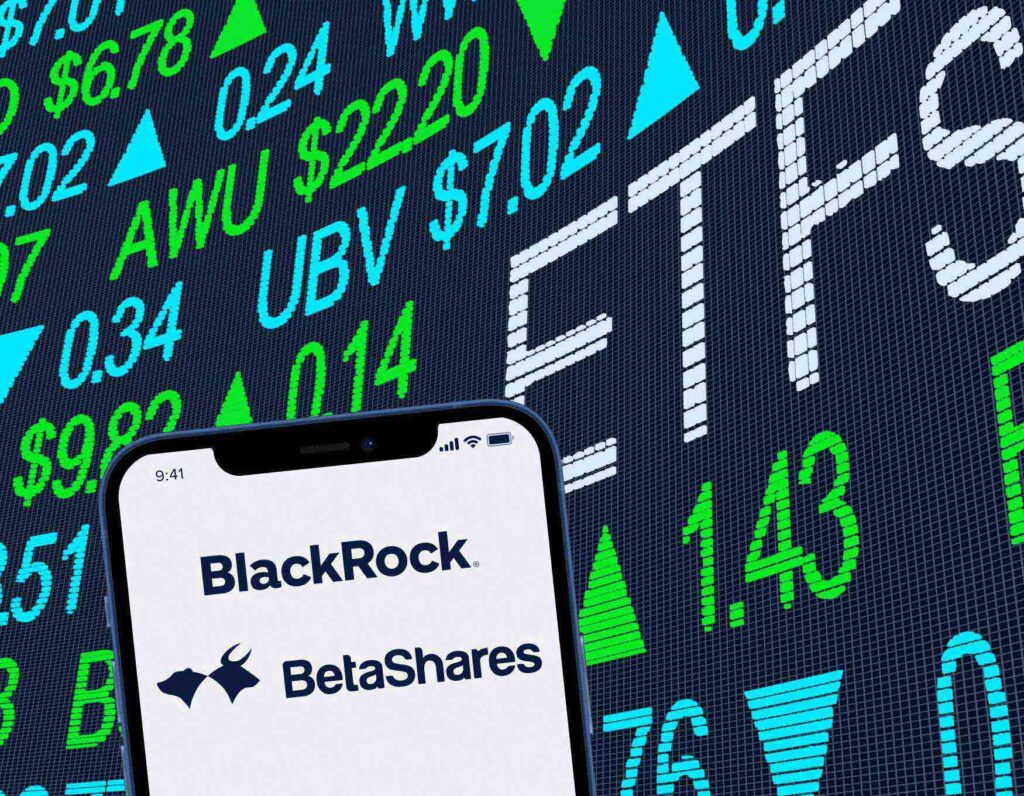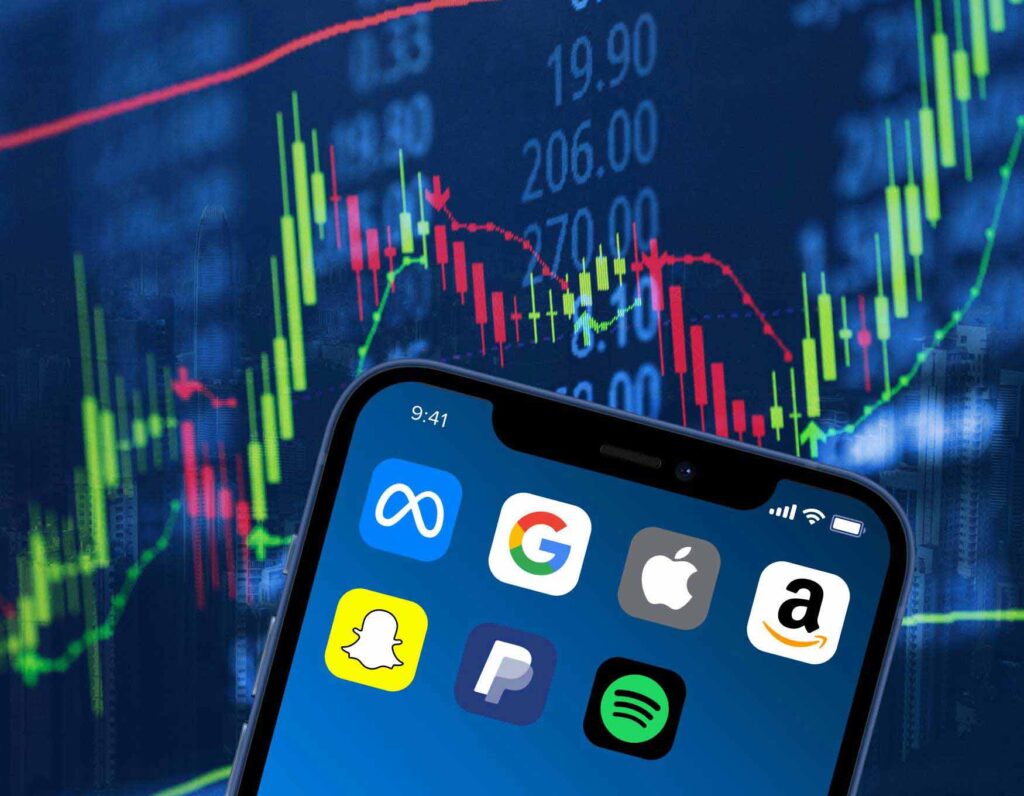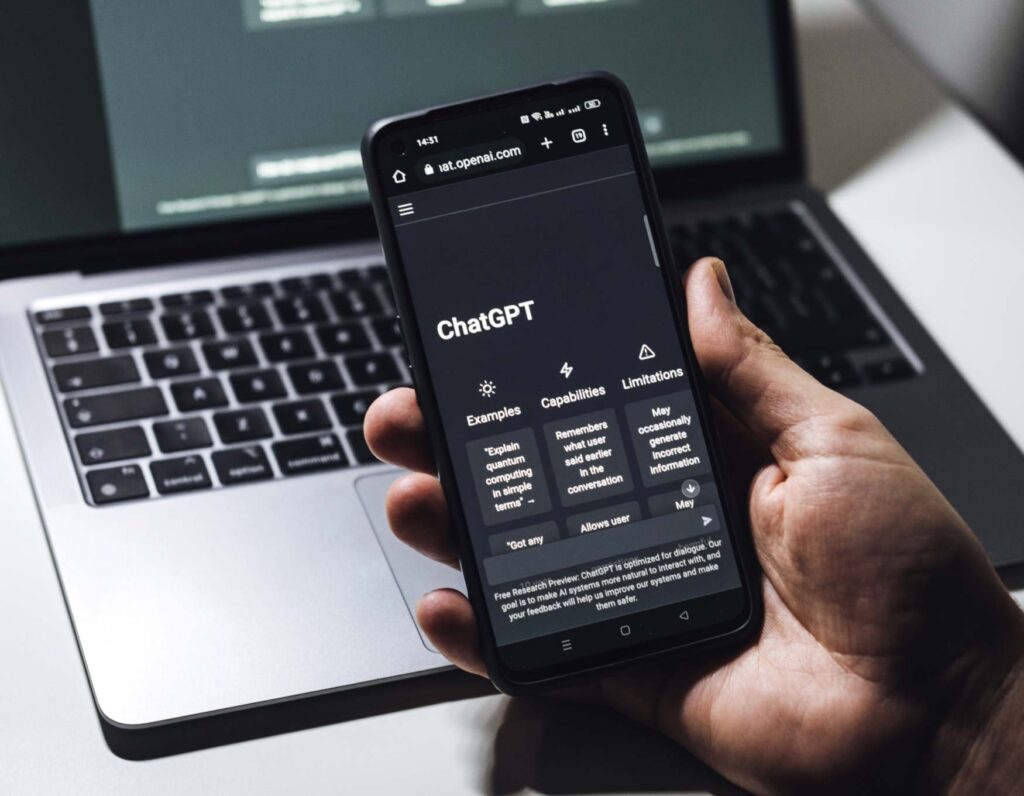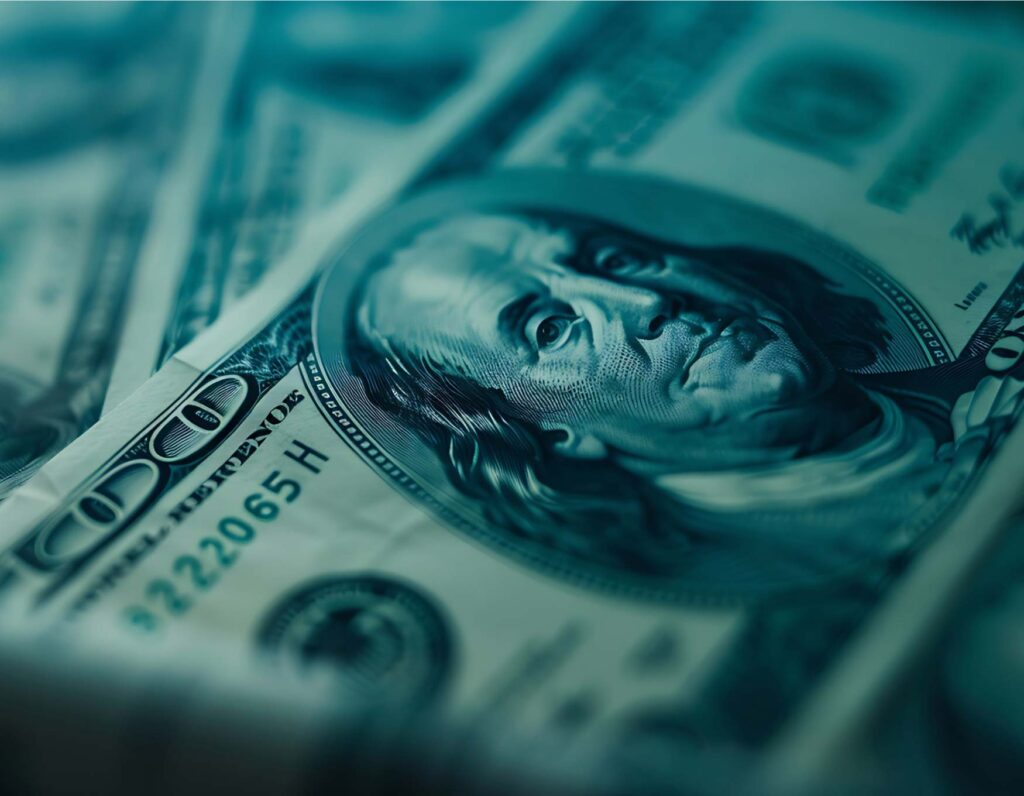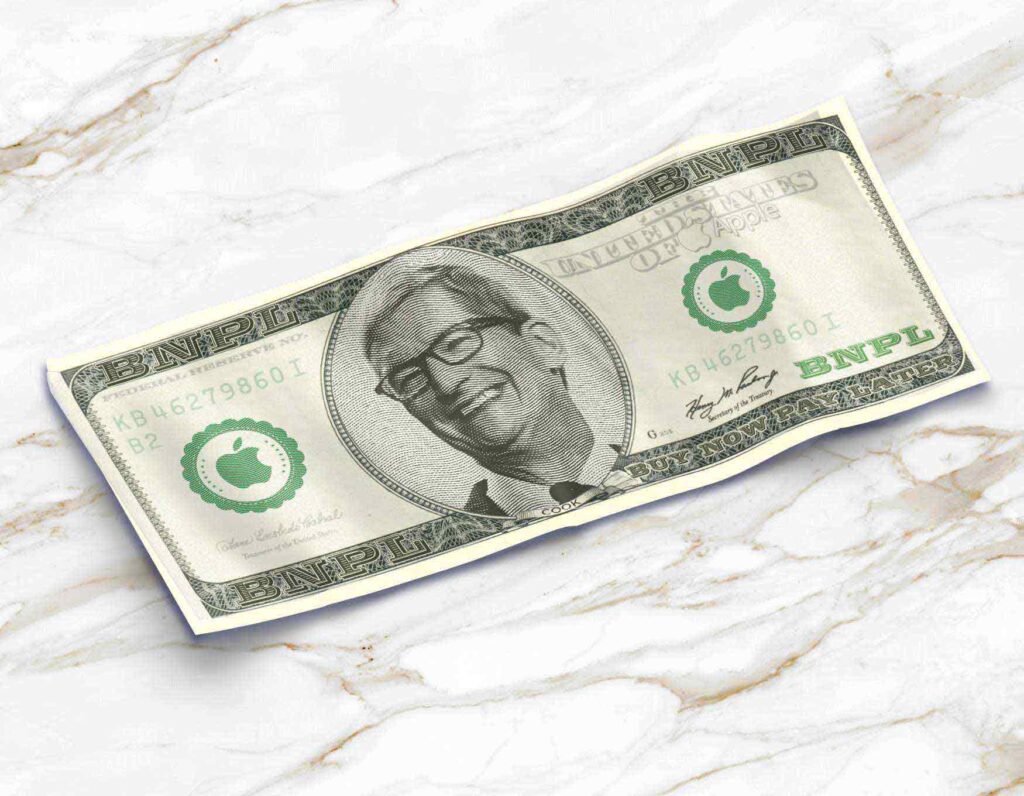Scan this article:
Hey Superheroes,
Did you know that August and September have historically been the worst months on U.S. markets? It’s a pattern noticed often enough that the saying “Sell in May and go away” has stuck around since it was first mentioned in the 1950s.
Market anomalies aside, other factors may also explain this week’s crash—which, as a sore reminder, was the S&P 500 experiencing its steepest drop in nearly two years.
There was the soft U.S. jobs data, Warren Buffett increasing his massive cash pile, ongoing earnings season and, of course, the BoJ’s latest rate hike. Let’s touch on the last one.
Did the yen “carry trade” crash global markets?
Last week, the BoJ made global headlines when it hiked rates from the 0-0.1% range to 0.25%.
While it may seem modest compared to our current RBA cash rate of 4.35%, for Japan and its investors, this marks the second rate hike in six months—the first being in March, after 17 years without one.
Plus the BoJ hinted at further rate hikes yesterday, with some analysts now believing it can go as high as 1%.
💴 What’s the yen carry trade?
A “carry trade” involves investors borrowing money at very low interest rates, like in Japan, and then investing that money in higher-yielding assets and currencies, like the USD.
Basically, investors could borrow yen at nearly 0% interest and invest in U.S. assets with at least a 5.25% return (the Fed funds rate is 5-25-5.50%), yielding a decent gain.
With Japan having kept rates at 0% (and even below that) since 2010, the yen carry trade over spilled to several other assets in multiple other countries.
Given its history of low rates, many believed that the BoJ’s March rate hike would’ve been its first and last in the short term.
💱 Japan’s second rate hike
Thus unsurprisingly, last week’s rate hike shocked many. In addition to that, the BoJ also announced that it was significantly cutting its bond purchases as part of its strategy to control interest rates.
A higher rate generally leads to a stronger currency – and a stronger yen means more dollars needed to pay back a loan.
Additionally, analysts noted a change in the level of short positions in the JPY. From US$31 billion in late June to US$15 billion this Tuesday, the rapid decrease of short positions signals traders exiting their trades. Closing a short position generally means having to buy enough yen to cover it – thus potentially adding to the JPY’s strength.
All that, plus the backdrop of the Fed potentially cutting rates, saw the USD fall up to 11% against the JPY within the last month.
💧 Trickling down effect
With the yen suddenly increasing in value, many investors had to quickly exit their positions, in part due to margin calls and liquidations.
Yup – that’s one of the reasons why we saw red this week.
🔦 Some other things we’re shining the Spotlight on:
- A BIG PLUS FOR DISNEY: Disney’s streaming services recorded profitability for the first time last quarter, netting US$47m. It recorded a loss of US$512m for the segment at the same time last year. Despite beating overall revenue and earnings estimates, Disney shares are down ~4% for the week.
- UBER DELIVERED: Uber is up by ~17.5% this week after delivering better than expected earnings. Revenue increased 16% year-on-year, coupled by a 23% increase in bookings. Uber also announced a partnership with Chinese EV maker BYD, to bring 100,000 EVs to Uber drivers in Europe and Latin America.
- FRESH HIGH FOR LIFE360: Life360 hit a new all-time high today after reporting a 20% year-on-year increase in revenue. Its EBITDA of $11m nearly doubled analyst expectations. Life360 became a dual-listed company (ASX and Nasdaq) after it listed on Wall Street last June.
Keep up to date on the markets by following us on Instagram, @superheroau!

Become a part of
our investor community
Why you should join us:
- Join free and invest with no monthly account fees.
- Fund your account in real time with PayID.
- Get investing with brokerage from $2. Other fees may apply for U.S. shares.
Read our latest articles
Make knowledge your superpower and up your skills and know-how with our news, educational tools and resources.








